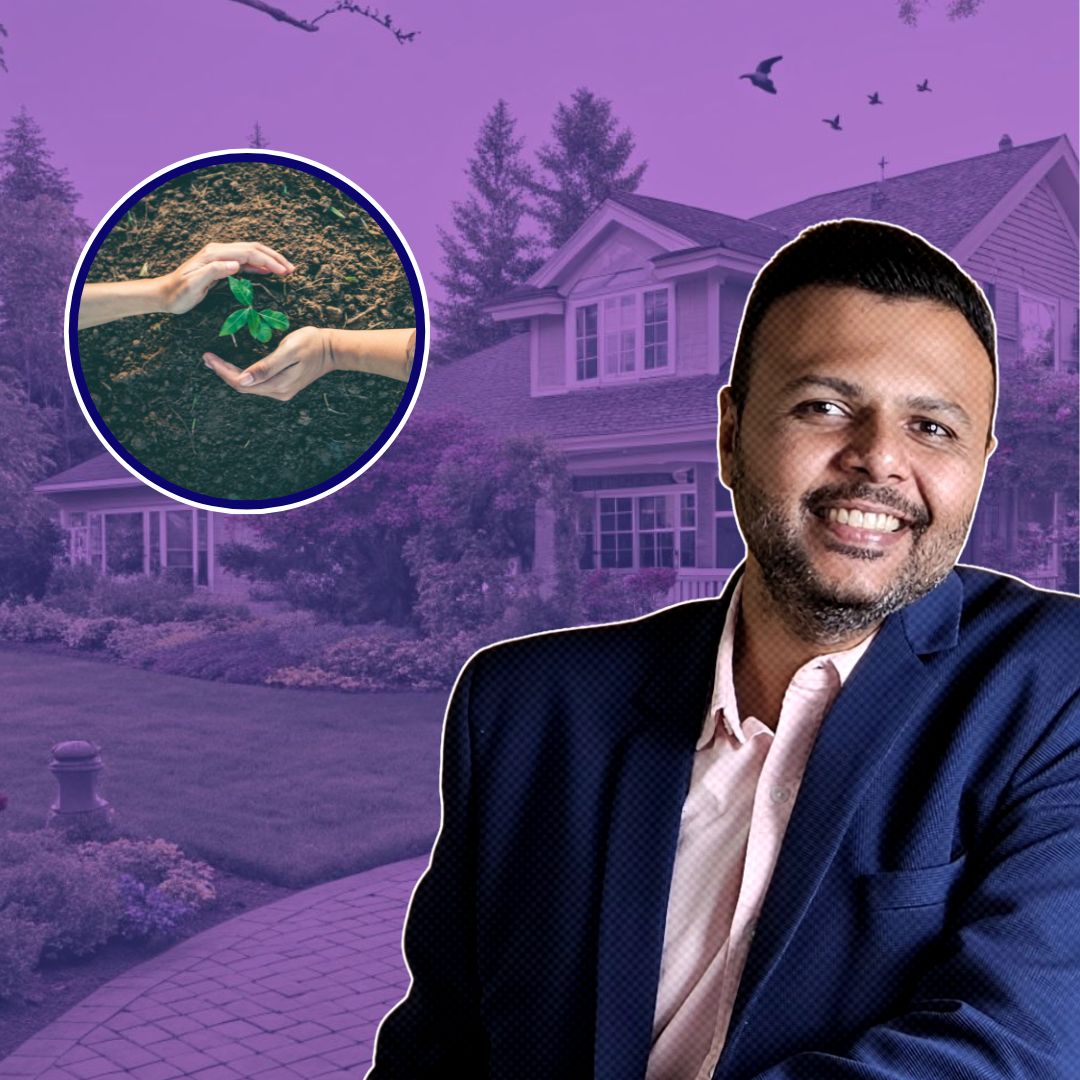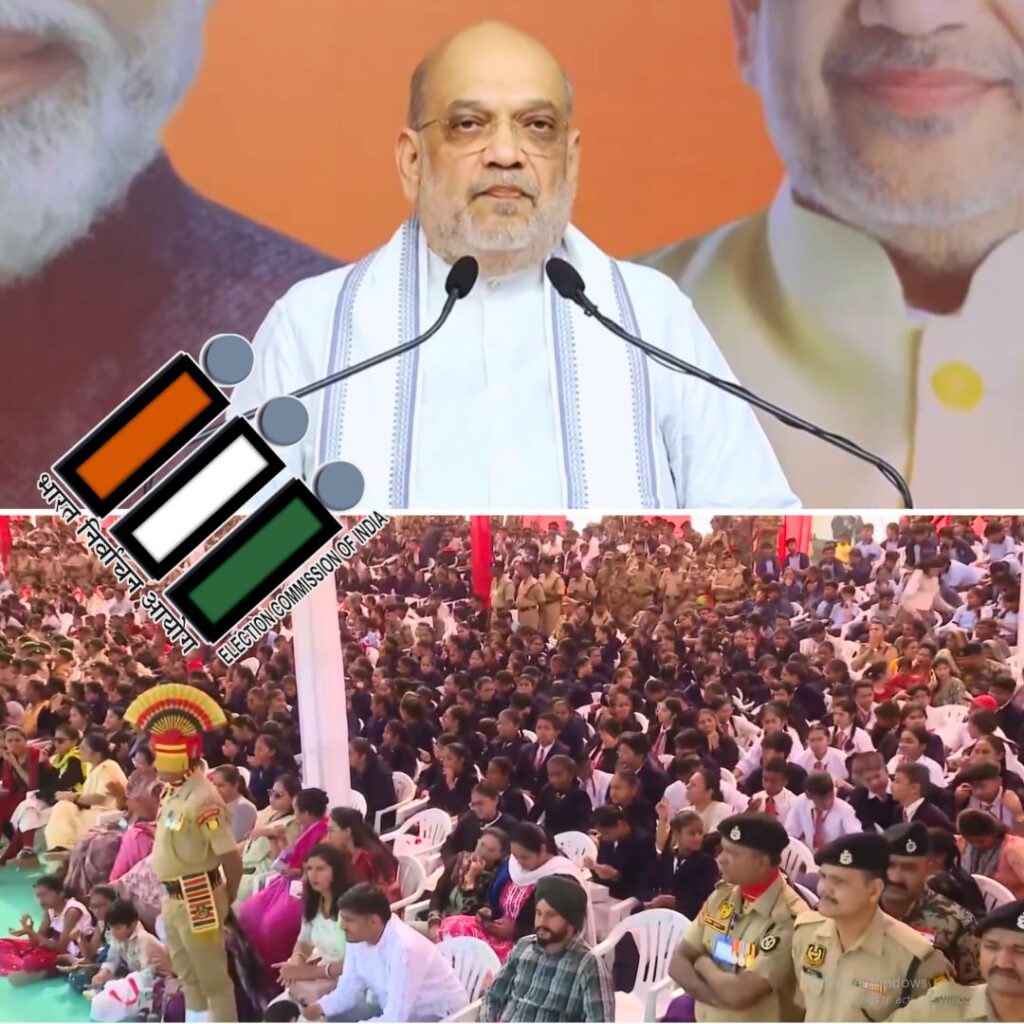In the bustling city of Surat, entrepreneur Nishit Nitin Kapadia has created an extraordinary green sanctuary within his own home, a remarkable feat of urban ecology that showcases the harmony achievable between modern living and nature.
This unique residence, teeming with over 800 plants and hosting more than 25 species of birds, stands as a vivid testament to sustainable living and environmental stewardship in an urban setting. Beyond merely being a private green space, Kapadia’s home exemplifies how thoughtful design and ecology-focused practices can create a cooler, healthier, and more biodiverse microclimate amid the concrete sprawl of the city.
A Thriving Biodiverse Urban Ecosystem
Kapadia’s home is an oasis of biodiversity, home to an impressive variety of flora and fauna. The sanctuary includes more than 90 species of trees and an array of over 200 flowering plants, such as adeniums, krishna kamal, and madhumalti.
This abundance of greenery attracts numerous bird species like sparrows, bulbuls, tailorbirds, and hummingbirds, which feel safe to nest or visit regularly. The presence of these birds is not just a display of biodiversity but also a boon to the local ecosystem, promoting natural pest control and pollination.
These natural inhabitants bring life, colour, and vibrancy to an urban house, embedding it firmly into the local ecological web.
Vertical Greenery: A Natural Cooling Solution
A critical aspect of Kapadia’s project is the effective use of vertical greenery, which involves covering walls, balconies, and rooftops with creepers and plants. This approach significantly reduces the building’s heat absorption, allowing the home to maintain temperatures 8 to 10°C cooler than its surroundings during the peak summer months.
By reducing heat intake, the house eliminates or drastically lowers the need for artificial air conditioning, leading to considerable energy savings and reduced carbon footprint. This is a clear demonstration of how integrating biophilic design principles in urban architecture can promote energy efficiency, sustainability, and comfort simultaneously.
Sustainable Practices Supporting Soil and Water
Sustainability at the core of this initiative is reinforced by Kapadia’s consistent use of eco-friendly practices, such as composting all kitchen waste to enrich soil naturally, thereby reducing dependency on chemical fertilizers. Planting bamboo plays a vital role as well – bamboo is known for its rapid growth and dense root system, which helps slow surface runoff and facilitates groundwater recharge.
By implementing these practices, Kapadia contributes actively to the restoration of Surat’s groundwater levels, an essential effort for the city battling urbanisation’s adverse effects. His home is not merely a structure but functions as an ecological micro-hub that supports water conservation and soil health.
Recognition as a Model Eco-Home
The Gujarat government has recognised Kapadia’s home as a model eco-home, showcasing it as an example of how urban dwellers can combat rising temperatures and promote green living amid growing environmental challenges. Surat’s rapid urban expansion, like many modern cities, has led to increased heat island effects and loss of green cover.
Initiatives like Kapadia’s serve as necessary countermeasures that preserve and restore ecological balance. Such models inspire wider adoption of green architecture, urban forestry, and biodiversity conservation in city planning.
The Logical Indian’s Perspective
From The Logical Indian’s viewpoint, Kapadia’s work embodies a hopeful example of how individual action can lead to meaningful change, bridging the often seen divide between urban life and nature. This green transformation challenges the dominant concrete-laden paradigm of city living, suggesting that sustainable homes can enhance not only environmental health but also human wellbeing.
The calming presence of nature, as Kapadia aptly notes, is therapeutic, fostering mental peace as well as physical benefits.












